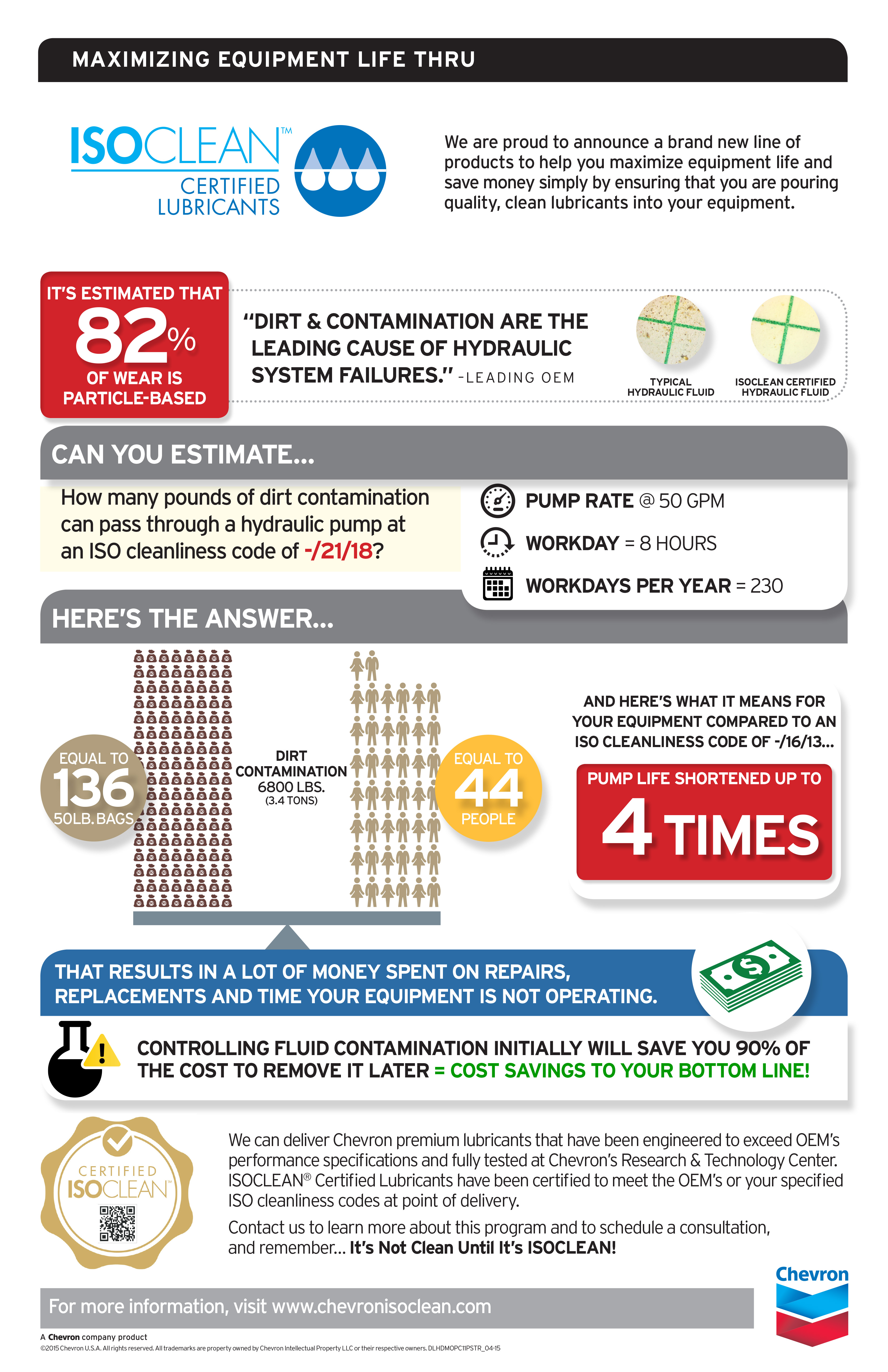How to Properly Store Your Lubricants
Maintaining the quality of your oils, greases, and other lubricants is important to the longevity of your vehicle or machine.
What Happens to Lubes if They Aren’t Stored Correctly?
Contaminates, Gelation and exposure will ruin any store of lubricants, so are you doing all you can to combat them? The tendency of oil to gel at specific temperatures and with certain contaminants isn’t always a bad thing. In fact, this property has been used in cleaning up spilled oil, particularly oils spilled in large bodies of water.
The Environmental Protection Agency employs “gelling agents” to form gels in spilled oil while not reacting with the water. These agents are blended into the oil slick through mechanical agitation or through the action of the waves in the body of water. Once the oil gels, the agents can then be easily removed by skimming or any other form of separation.
Gelation of oil comes from links between macromolecular chains that result in the formation of branched polymer structures with a solubility that depends on the chemical nature of the starting materials. As more and more of these chains form, the solubility of the compound decreases.
This is the process of gelation the slow accumulation of molecular chains that make oil insoluble. Several mechanisms are involved in the acceleration of the gelation process. One being temperature and the other being contamination. Here are some storage and handling tips from industry professionals to keep your lubes in prime condition.

Tips to Store Your Lubricants Properly
According to a Mobil technical article “Drums, pails, and cans of lubricants from virtually all suppliers are leak-proof and clearly labeled with a brand name and type of lubricant inside. Careless handling, however, can cause leaks, contamination of the contents, and smudge, tear, or otherwise damage the labels. The 55-gallon drum is the most common lubricant container used by industry.
Care is the key to safe drum handling. A full drum weighs about 450 lbs and, if handled carelessly, can injure workers or damage plant property. Do not unload drums by dropping them from the delivery truck or freight car to the ground or unloading dock. The drum’s seams can be punctured or burst, resulting in a hazardous spill situation.”
Greases are oil that has been thickened. Greases were created because liquid based lubricants do not remain at the point of application. Grease has a tendency to bleed while in storage. The amount of bleed increases with time and, generally, with temperature. Up to a 5 percent bleed rate is considered acceptable. Contaminants can deteriorate grease performance.
If containers are not tightly sealed, contaminants may enter the stored product. So how do you go about protecting and storing them? Like most materials, lubricating grease gradually will deteriorate with time. The rate and degree of deterioration depends on the storage and handling conditions to which the grease is exposed.

According to Machinery Lubrication magazine “Always store grease in its original packaging and keep the container closed until it is time for it to be used. Wipe the lid or cover of the container before opening and always use clean tools and dispensing equipment when handling or pumping the grease. After use, the container should be closed immediately and kept closed. Before placing the lid back onto the container, wipe off any dust, dirt or excess grease that may have accumulated.”
What changes or steps will you take to ensure your lubes are safely stored? Consider subscribing for more information on the ever-changing world of the fuel industry.









